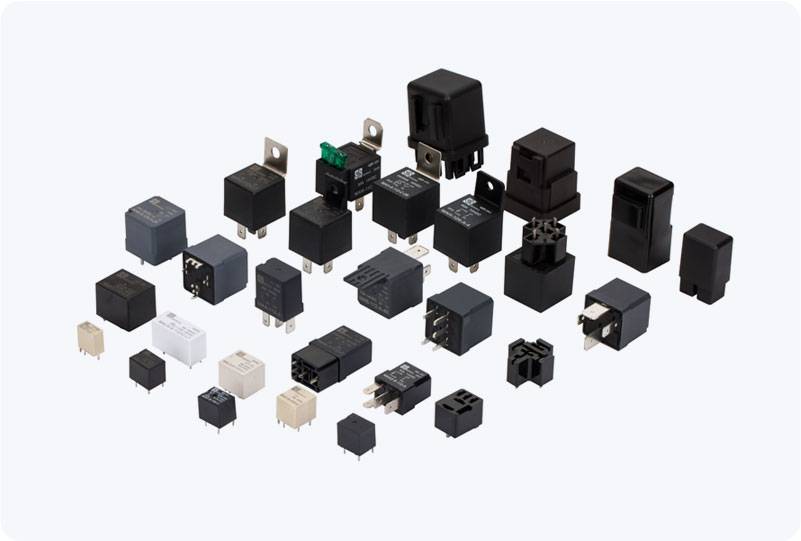A 1000V 500A DC relay is an essential component in a variety of high-power applications, where controlling large amounts of direct current (DC) is necessary. These relays are designed to handle substantial voltage and current levels, making them indispensable in industries such as electric vehicles, renewable energy, and power distribution systems. In this article, we will explore the key features of the 1000V 500A DC relay, its working principles, and its various applications in modern technology.

Key Features of 1000V 500A DC Relays High Voltage and Current Handling Capacity The primary feature of the 1000V 500A DC relay is its ability to handle large DC voltages and currents. With a rated voltage of 1000V and a current rating of 500A, these relays are capable of safely switching high-power circuits. The high voltage rating ensures that the relay can be used in systems where the voltage exceeds typical operating levels, making them ideal for industrial applications and renewable energy systems. Robust and Durable Contacts Relays are typically equipped with contacts that can endure high current without degrading. In a 1000V 500A DC relay, the contacts are designed to withstand intense electrical stress without significant wear. Special materials such as silver alloys or tungsten are often used in the contact design, as these materials offer excellent conductivity and resistance to arc formation during switching.